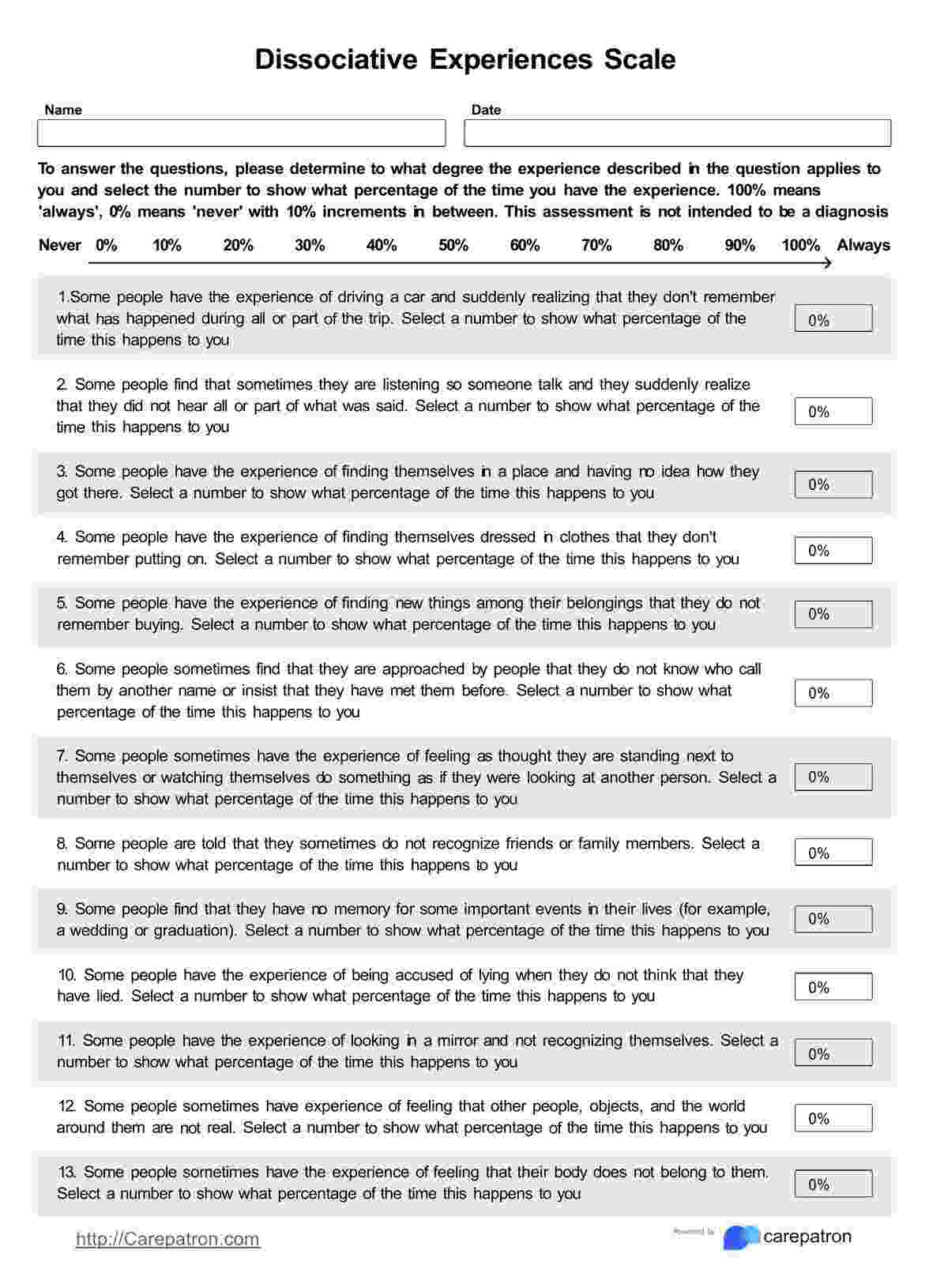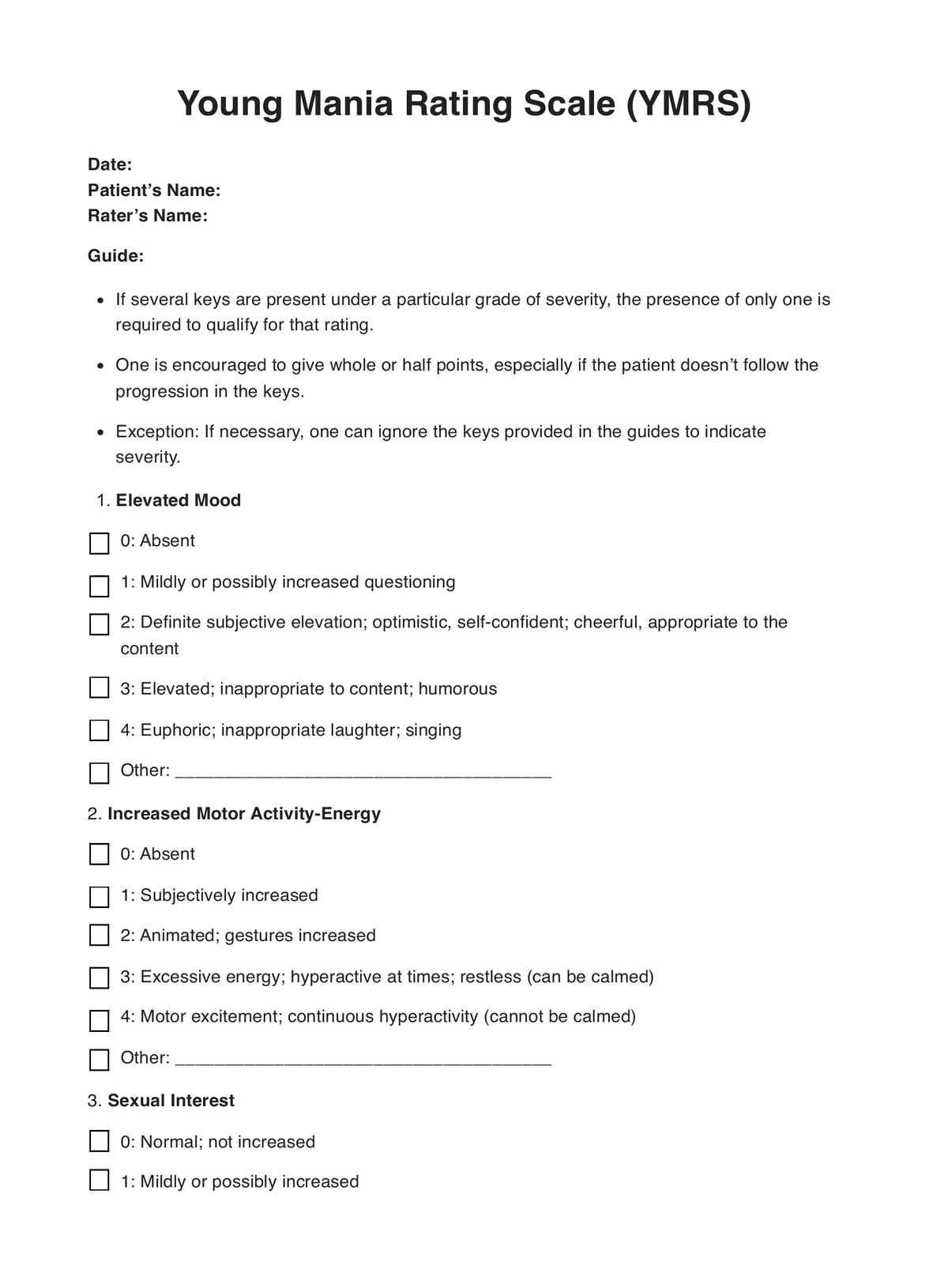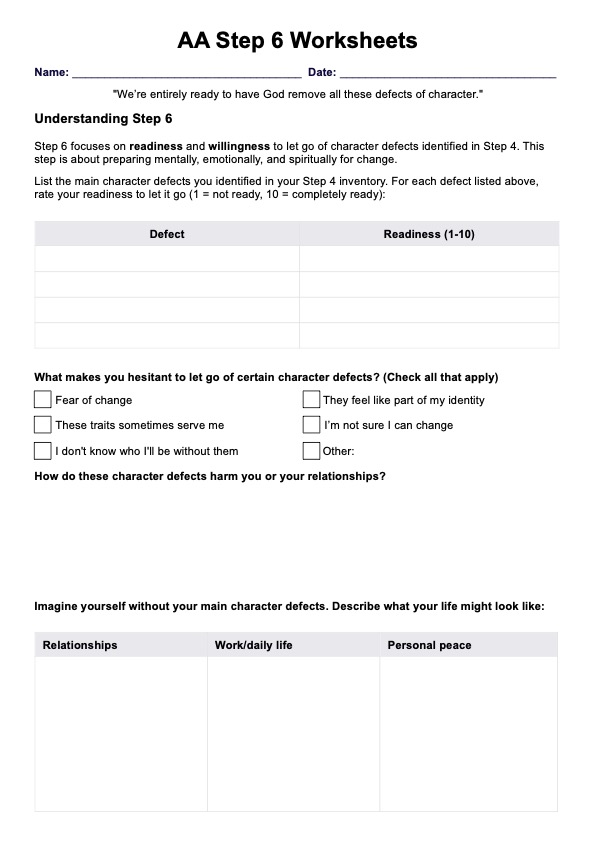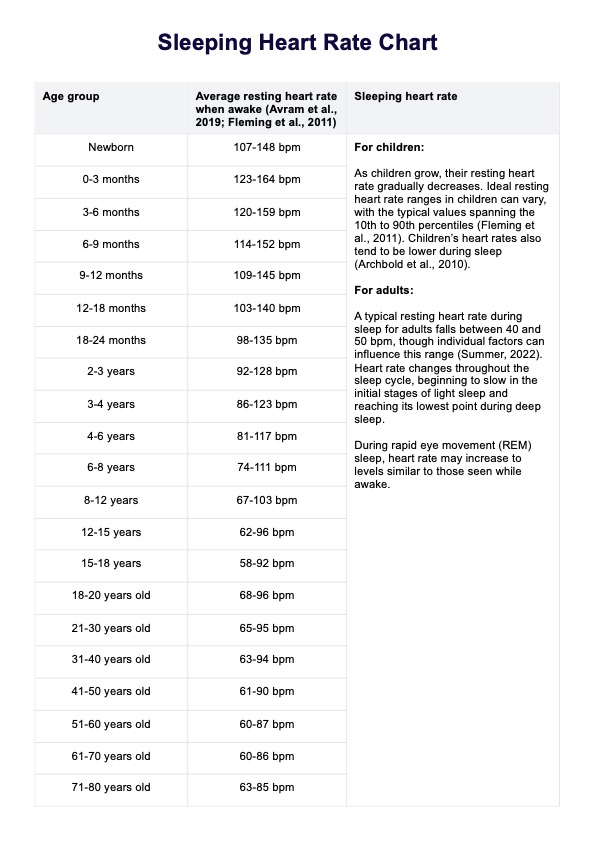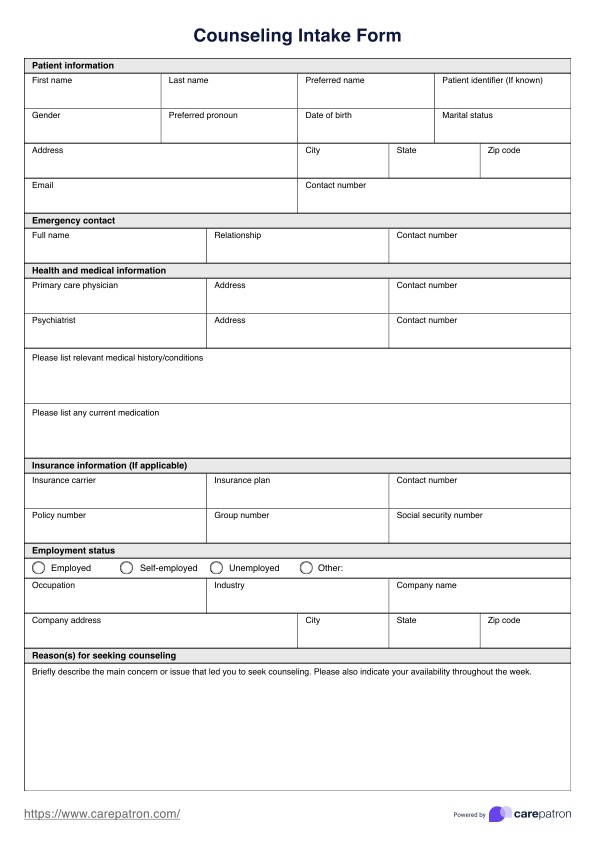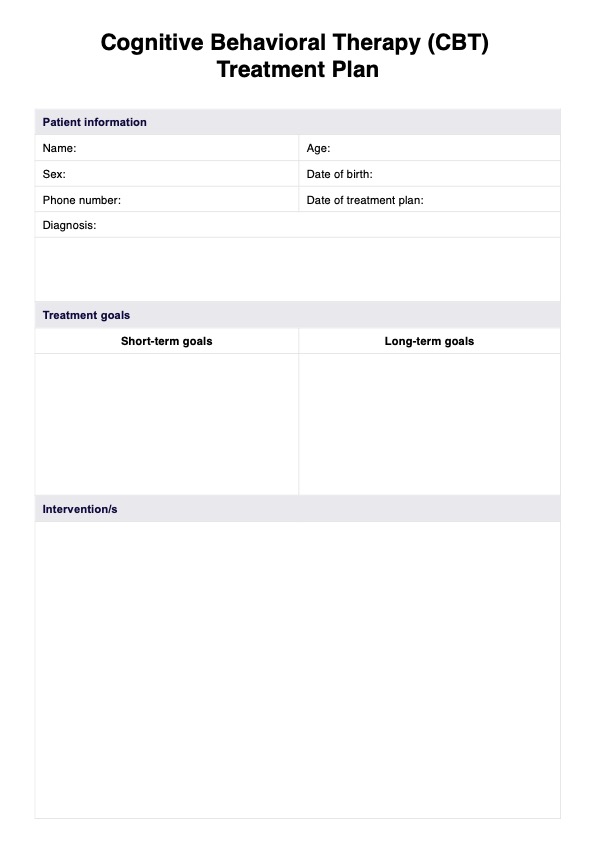ADHD Spectrum Test
Explore and gain insights into attention and hyperactivity patterns with our ADHD Spectrum Test, a comprehensive tool designed to assess various facets of ADHD.


What is ADHD?
Attention Deficit Hyperactivity Disorder (ADHD) is a neurodevelopmental condition that affects millions of children and adults worldwide. It's characterized by a persistent pattern of inattentiveness, hyperactivity, and impulsivity that significantly interferes with daily life which can be diagnosed based on the DSM-5 diagnostic manual.
Inattentiveness manifests as difficulty focusing, staying organized, completing tasks, remembering details, following questions, and listening attentively. Hyperactivity can show as excessive fidgeting, restlessness, and difficulty sitting still, especially in inappropriate situations. Impulsivity involves acting without thinking, blurting out responses, and taking unnecessary risks.
ADHD isn't just about "being fidgety" or "not paying attention". It's a complex condition with diverse presentations and challenges from the more extreme to the symptoms of those in the general population. While some individuals may predominantly exhibit inattentiveness, others may struggle primarily with hyperactivity or impulsivity, and many experience a combination of all three.
The good news is that ADHD is treatable. With proper diagnosis, medication, and therapy, individuals with ADHD can learn to manage their symptoms and live fulfilling lives. Early intervention is especially crucial to prevent negative consequences in academic performance, social relationships, and emotional well-being. If you suspect you or someone you know might have ADHD, seeking professional evaluation is the first step towards understanding and managing this condition.
ADHD Spectrum Test Template
ADHD Spectrum Test Example
How is ADHD assessed?
- A mental health professional will conduct a detailed interview with the individual and their family/caregivers to gather history and information about symptoms, childhood behaviors, family history of ADHD, and potential co-occurring conditions.
- Standardized rating scales (e.g., Conners' Rating Scales, Vanderbilt ADHD Diagnostic Parent/Teacher Rating Scales) and ADHD test variations may be used to assess symptoms and their impact on daily life.
Physical examination:
- A physical exam may be conducted to rule out any underlying medical conditions that could mimic ADHD symptoms.
Cognitive testing:
- Cognitive assessments may be used to evaluate attention, executive functioning, memory, and academic skills. This can help differentiate ADHD from other conditions with overlapping symptoms.
4. Behavioral observations:
- The mental health professional may observe the individual in different settings (e.g., clinic, classroom, home) to get a more accurate picture of their behavior and interactions with others.
Is ADHD measured on a spectrum?
Yes, ADHD can be viewed as a spectrum, not a black-and-white condition. This means that the severity and presentation of symptoms can vary widely from person to person.
Imagine a rainbow instead of a single switch for ADHD. At one end, you might find individuals with mild inattentiveness and distractibility, but who are managing daily tasks with some effort. In the middle, you could see individuals struggling with moderate hyperactivity, fidgeting, and impulsivity impacting their focus and social interactions. On the far end, individuals might experience severe symptoms, with difficulty completing tasks, intense restlessness, and impulsive behaviors significantly disrupting their lives.
This spectrum approach acknowledges the diversity of ADHD experiences and allows for personalized treatment plans. One size doesn't fit all, and what works for someone with mild inattentiveness may not be effective for someone with more pronounced hyperactivity.
Understanding ADHD as a spectrum also fosters empathy and acceptance. It reminds us that individuals with ADHD are not simply "distracted" or "hyper", but rather experience a complex range of challenges that require understanding and support. By embracing the spectrum, we can move beyond stereotypes and create a more inclusive environment for everyone living with ADHD.
ADHD Symptoms
ADHD symptoms can be complex and varied, but they typically fall into three main categories: inattention, hyperactivity, and impulsivity. Here's a breakdown of each:
Inattention:
- Difficulty focusing and paying attention: This can manifest as easily getting distracted, missing details, and forgetting instructions.
- Trouble organizing tasks and completing projects: Individuals with ADHD may struggle to prioritize, plan ahead, and follow through on tasks.
- Short attention span and frequent "zoning out": They may quickly lose interest in activities, especially those requiring sustained focus.
- Disorganized and messy habits: Difficulty keeping belongings organized and maintaining routines can be common.
- Difficulty listening attentively and following instructions: They may miss key information or seem lost in their own thoughts during conversations.
Hyperactivity:
- Excessive fidgeting and restlessness: This can include constant movement, tapping feet, twirling objects, or difficulty sitting still.
- Excessive talking and impulsive vocalizations: Interrupting others, blurting out thoughts, or excessive talking can be observed.
- Need for constant movement and activity: They may struggle to sit still for extended periods, even in quiet settings.
- Running, climbing, or engaging in risky physical activities: This can be especially challenging in situations requiring calm and stillness.
- Difficulty engaging in quiet activities: They may find it hard to relax or engage in activities requiring focus and stillness, like reading.
Impulsivity:
- Acting without thinking or considering consequences: This can lead to blurting out responses, making hasty decisions, or taking unnecessary risks.
- Difficulty delaying gratification: They may struggle to wait for things they want and act impulsively to satisfy their desires.
- Poor impulse control: Difficulty controlling urges or managing emotions, leading to outbursts or difficulty following rules.
- Prone to accidents and injuries: Impulsive behavior can increase the risk of accidents and injuries due to not considering potential consequences.
- Difficulty with routines and structure: They may struggle to follow established routines or schedules, preferring spontaneity and flexibility.
Reliability of a self-assessment
Self-assessments for ADHD can offer a helpful starting point for understanding potential symptoms and considering professional evaluation. These can be done using online adhd test templates, especially if you are having difficulty waiting for a clinical diagnosis and want to get an idea. However, their reliability is limited, and cannot definitively diagnose ADHD. Here's why:
Limitations of self-assessment:
- Subjectivity and bias: Individuals may overestimate or underestimate their symptoms, influenced by personal experiences, expectations, and desire for a specific outcome.
- Focus on current state: Self-assessment often captures current experiences, potentially missing childhood behaviors crucial for ADHD diagnosis.
- Difficulties with self-awareness: Individuals may have difficulty recognizing their own behavior patterns and attributing them to ADHD.
- Lack of clinical expertise: Self-assessments lack the nuanced understanding and diagnostic criteria employed by mental health professionals.
Potential benefits:
- Increased awareness: Self-assessment can raise awareness of personal challenges and prompt individuals to seek professional help.
- Initial screening: It can serve as a preliminary screening tool, identifying potential areas for further investigation.
- Preparation for professional assessment: Understanding personal experiences can facilitate communication with a mental health professional.
The different types of ADHD
While ADHD often gets lumped into a single category, it's actually a diverse condition with three distinct presentations: predominantly inattentive, predominantly hyperactive-impulsive, and combined.
Predominantly inattentive individuals struggle with focus, organization, and remembering details. They feel restless and may drift off in conversations, miss instructions, or lose belongings. While their hyperactivity may be subtle, it can manifest as fidgeting, tapping their foot, or having a restless mind.
Predominantly hyperactive-impulsive individuals are easily excitable and struggle with impulsivity. They may fidget constantly, talk excessively, struggle to stay on task and have trouble sitting still. Inattentiveness might be present, but it's overshadowed by their energetic and impulsive behavior.
Combined is the most common type, encompassing symptoms from both inattentiveness and hyperactivity-impulsivity. This can lead to a complex mix of challenges, from difficulty focusing to blurting out thoughts mid-conversation to needing constant movement due to feeling restless or making careless mistakes.
Managing ADHD effectively
Mastering ADHD isn't about erasing it, but about navigating its waves with effective tools. The key lies in a multi-faceted approach that addresses the core symptoms and empowers individuals to thrive.
Firstly, building structure and routines is crucial. Consistent schedules, organized spaces, and clear expectations provide a foundation for focus and reduce the chaos that can be overwhelming.
Secondly, harnessing the strengths of ADHD can be transformative. Individuals often possess boundless energy, creative thinking, and an eagerness to learn. Channeling these into activities they enjoy can boost motivation and build confidence.
Thirdly, embracing cognitive-behavioral therapy (CBT) equips individuals with tools to manage impulsivity, improve attention, and develop coping mechanisms for stress and frustration. Learning to identify triggers and modify negative thought patterns can empower them to navigate challenges proactively.
Fourthly, medication can be a valuable ally for some individuals. Stimulant medications can enhance focus and attention, while non-stimulants can help manage impulsivity and hyperactivity. However, medication should always be used in conjunction with other strategies, not as a standalone solution.
Finally, building a support network is essential. Connecting with other individuals who understand the challenges of ADHD, whether through support groups or online communities, can provide invaluable validation, encouragement, and practical tips.
Commonly asked questions
No, there's no single "ADHD test" as it's a spectrum with various presentations. Diagnosis involves a comprehensive evaluation, including clinical interviews, questionnaires, and potential cognitive assessments.
This refers to the broader approach of assessing for ADHD, recognizing its diverse manifestations. It goes beyond a binary diagnosis and helps identify the specific strengths and challenges within the spectrum.
While online tests can offer initial insights, they are unable to provide a definitive diagnosis or answer. They often rely on self-reported data and lack the clinical expertise required for accurate assessment.


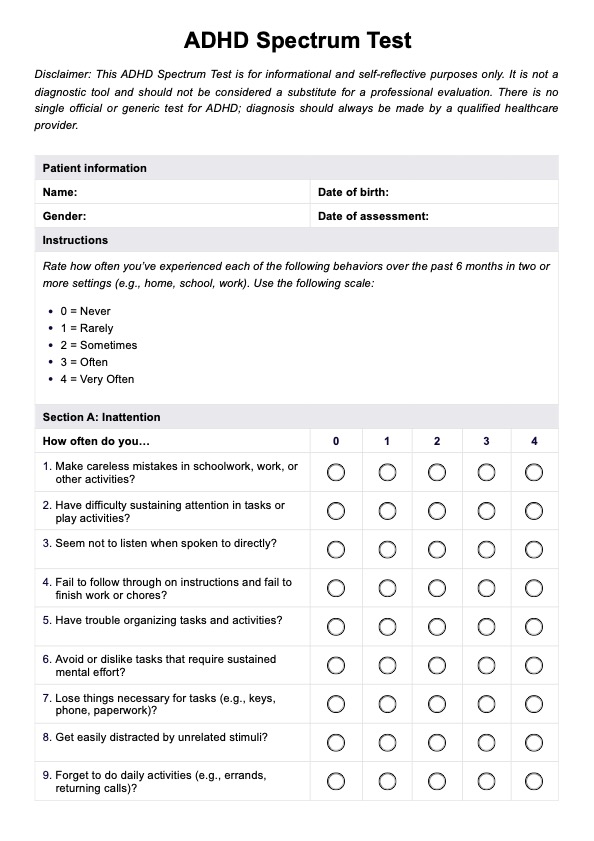
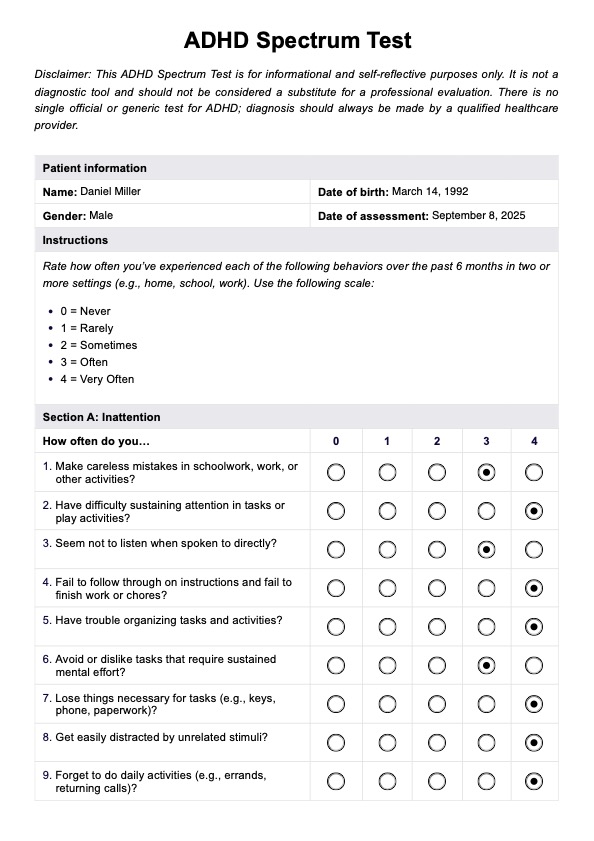

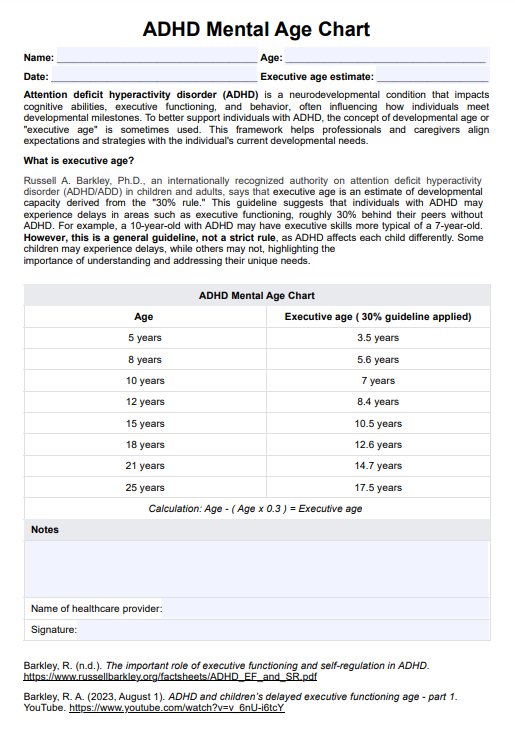
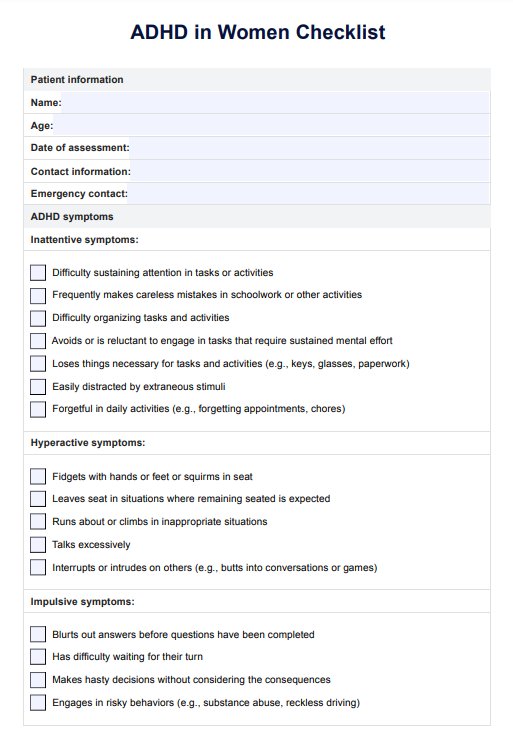
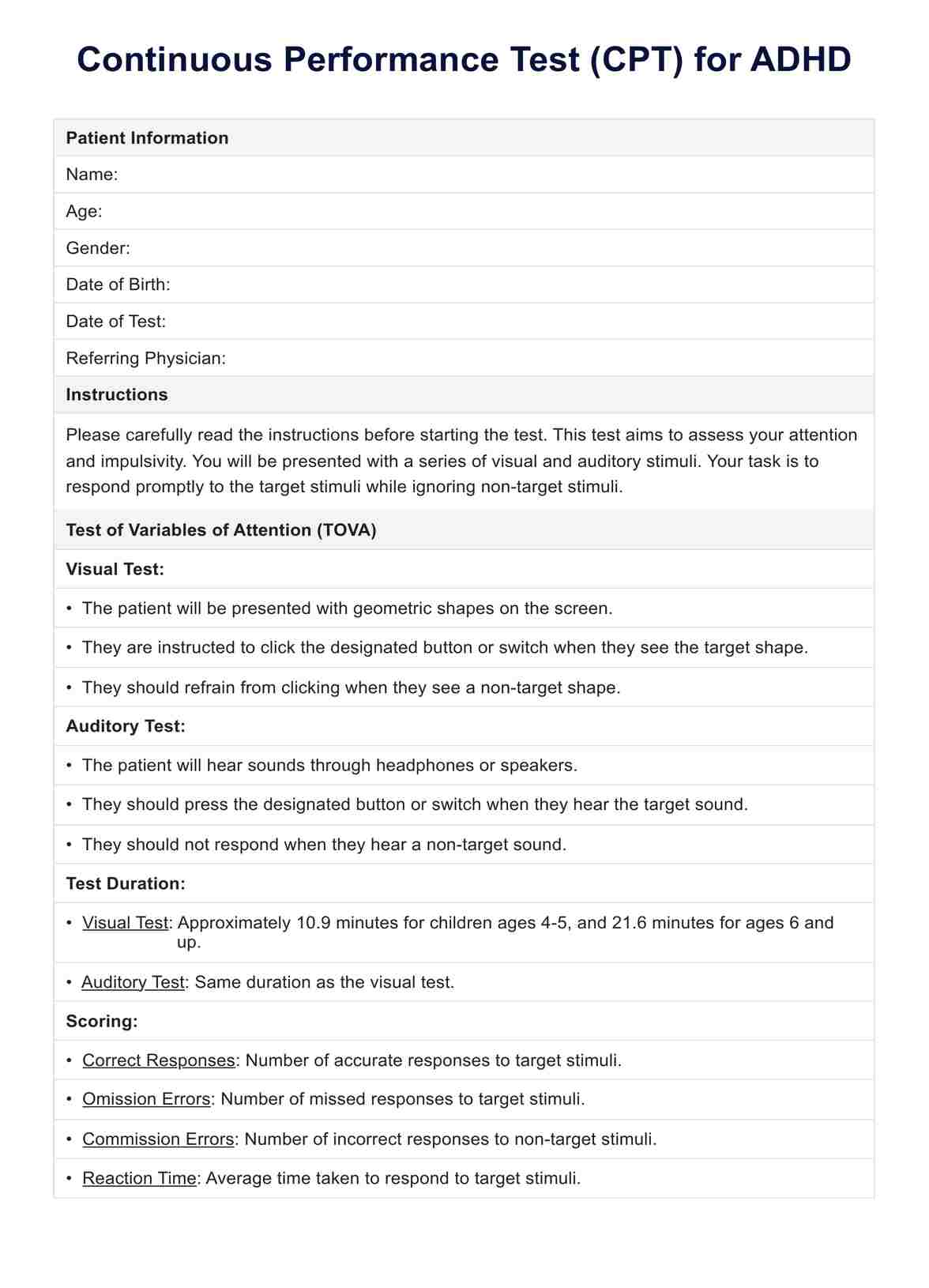
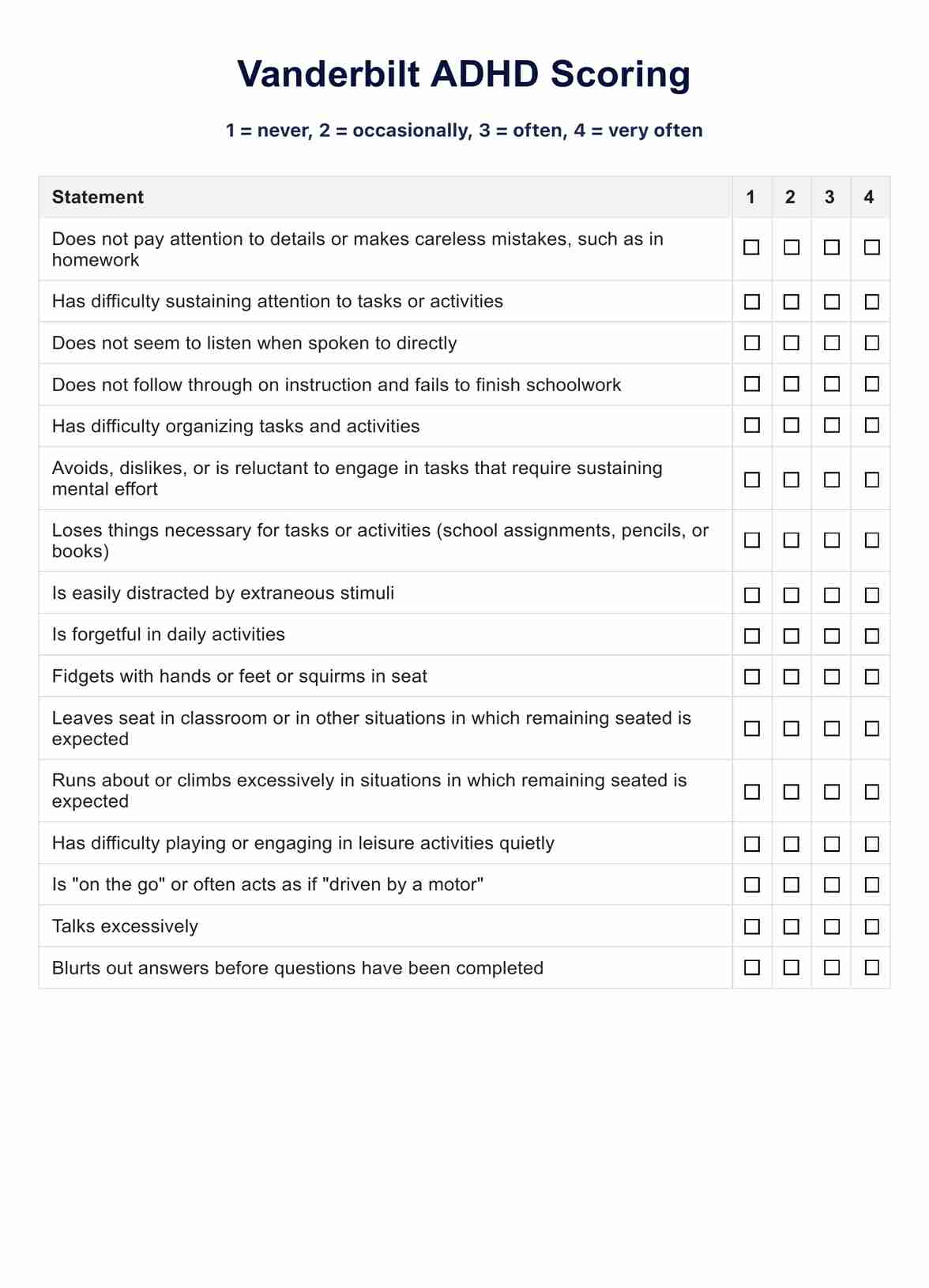
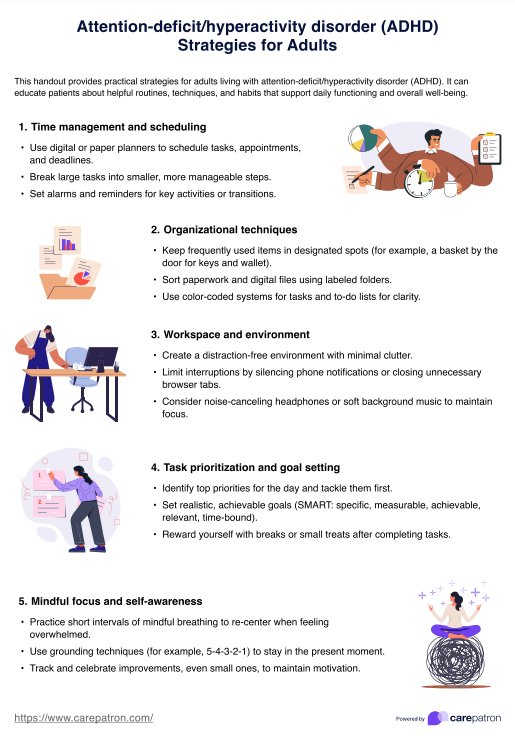
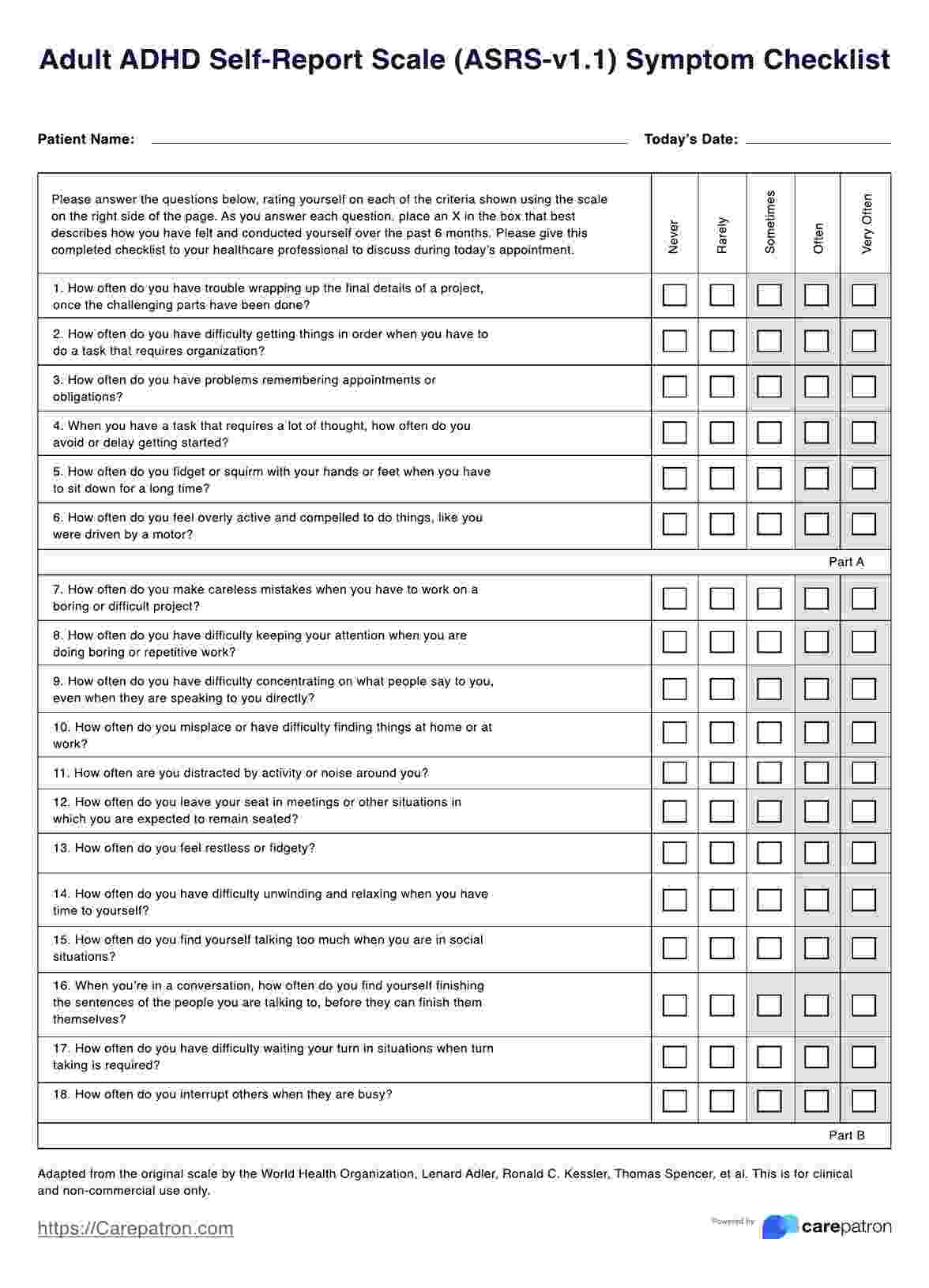
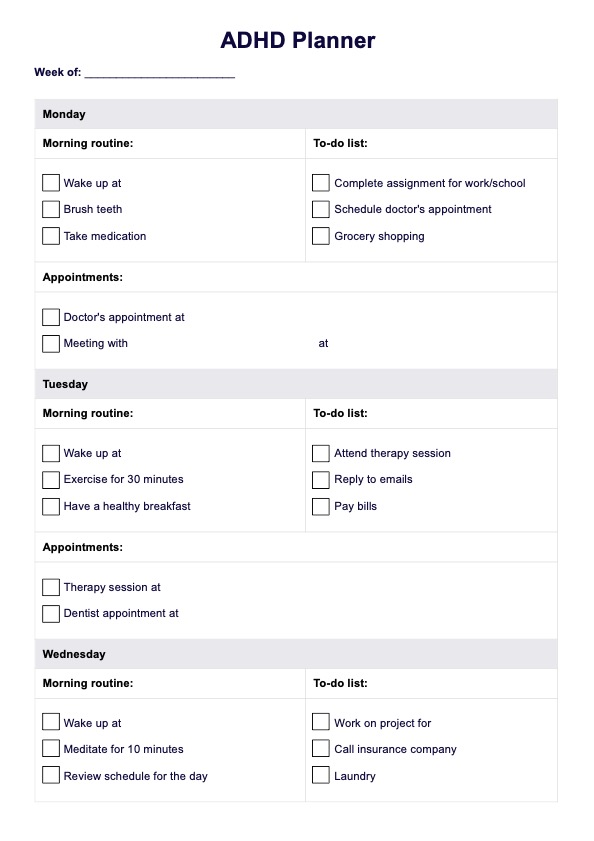
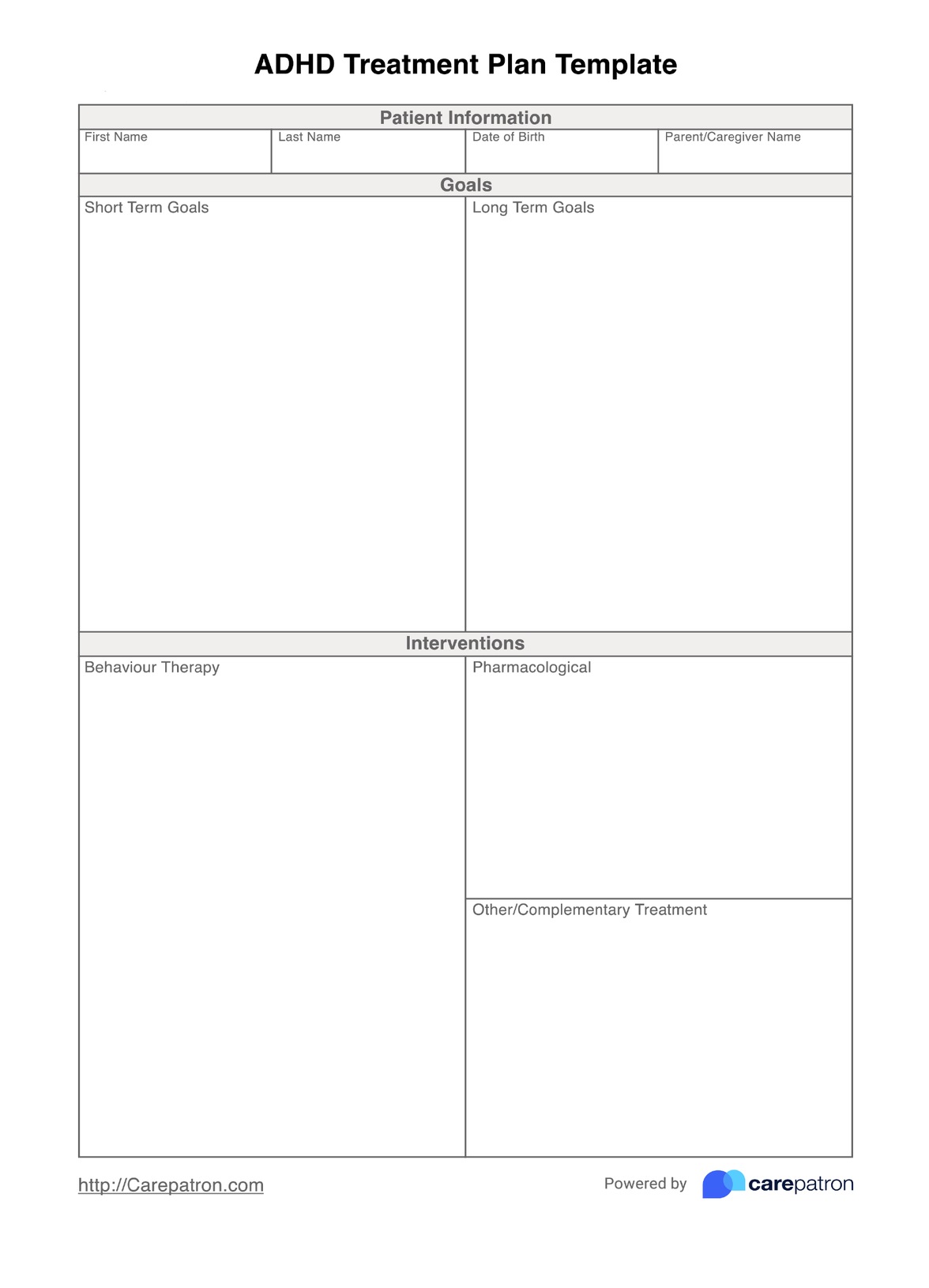
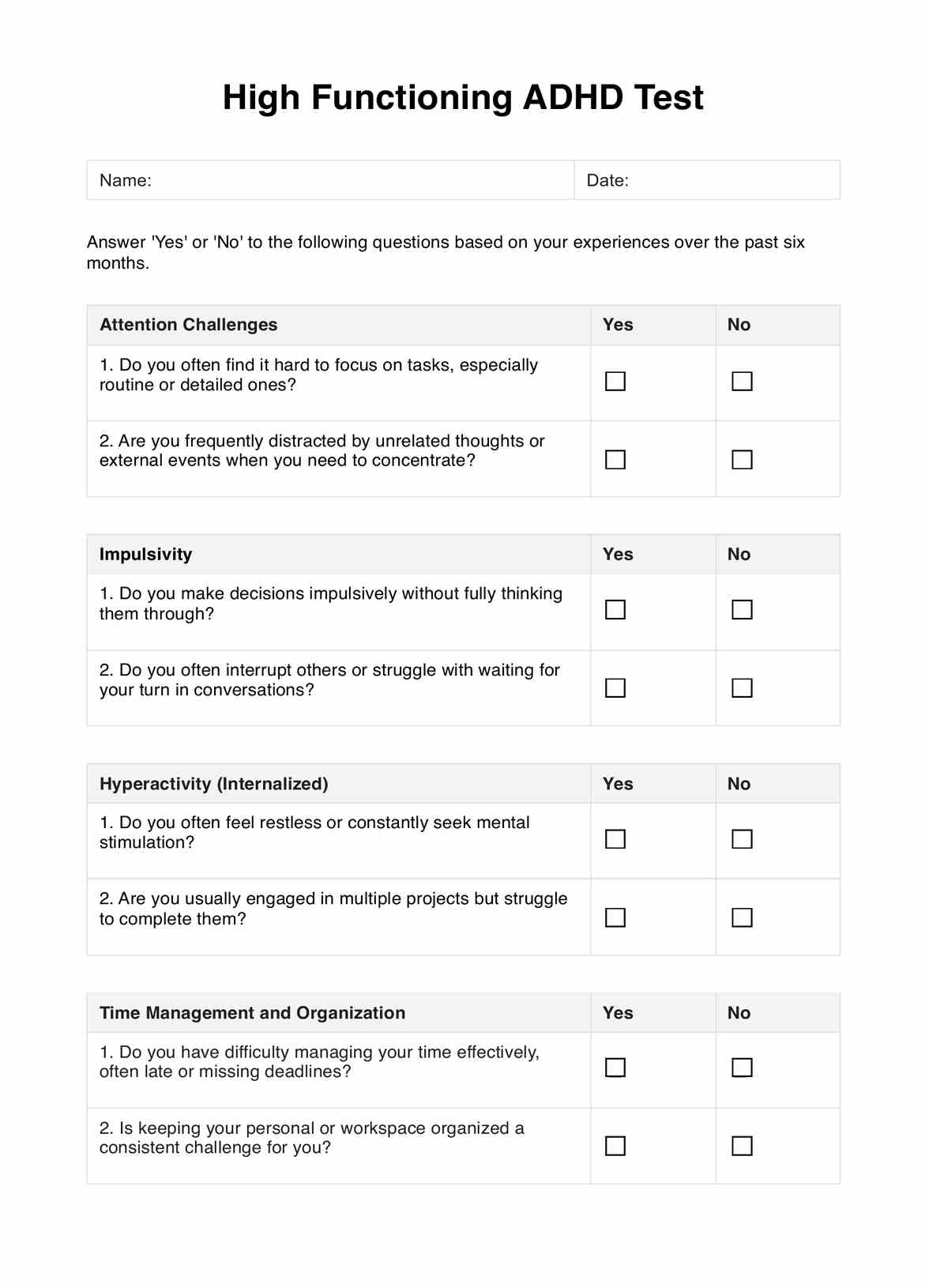
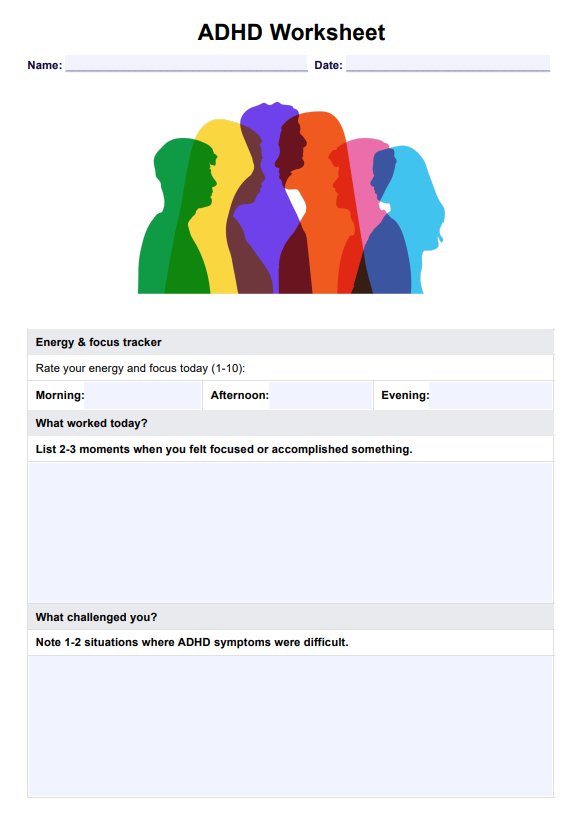
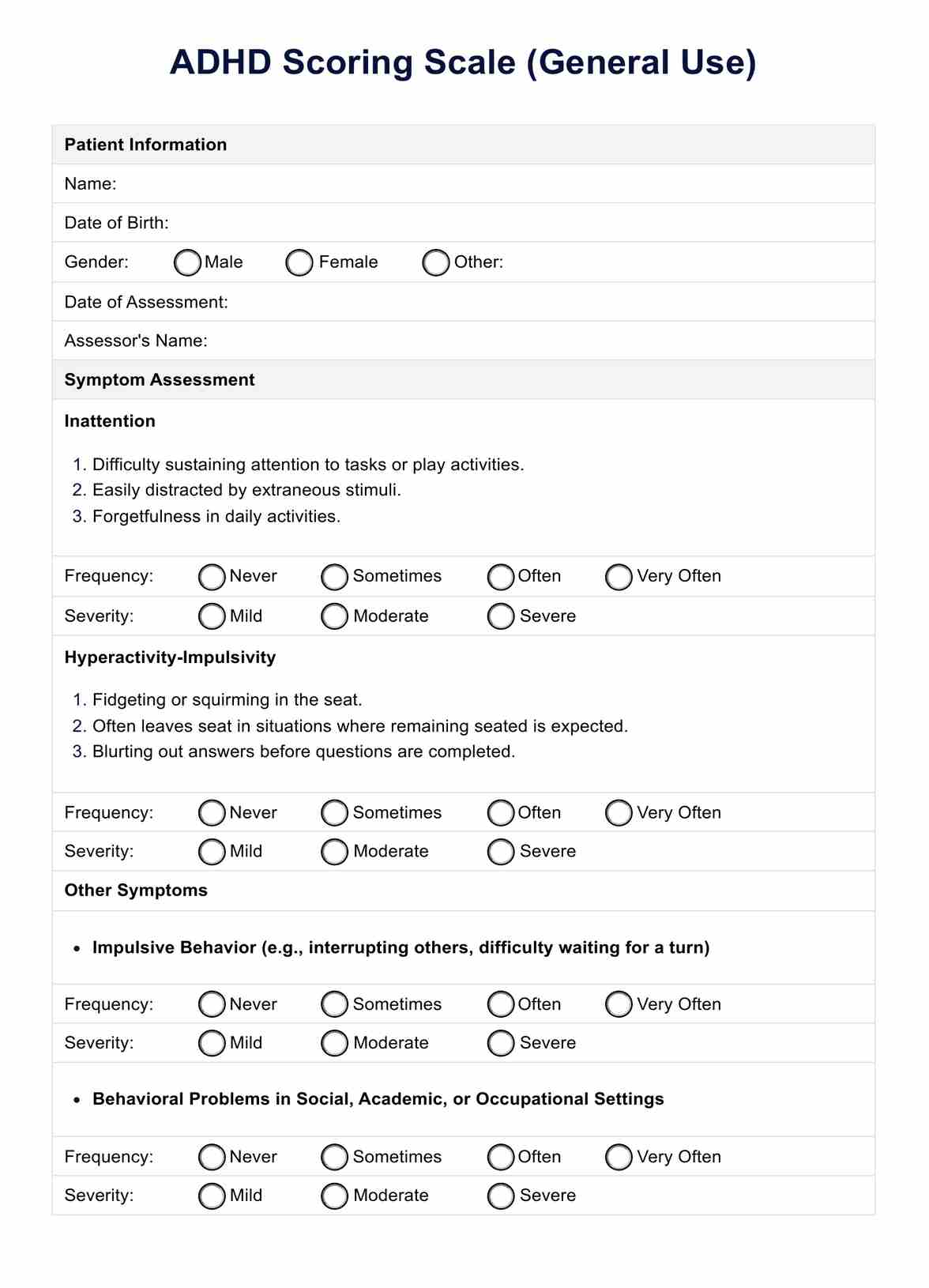
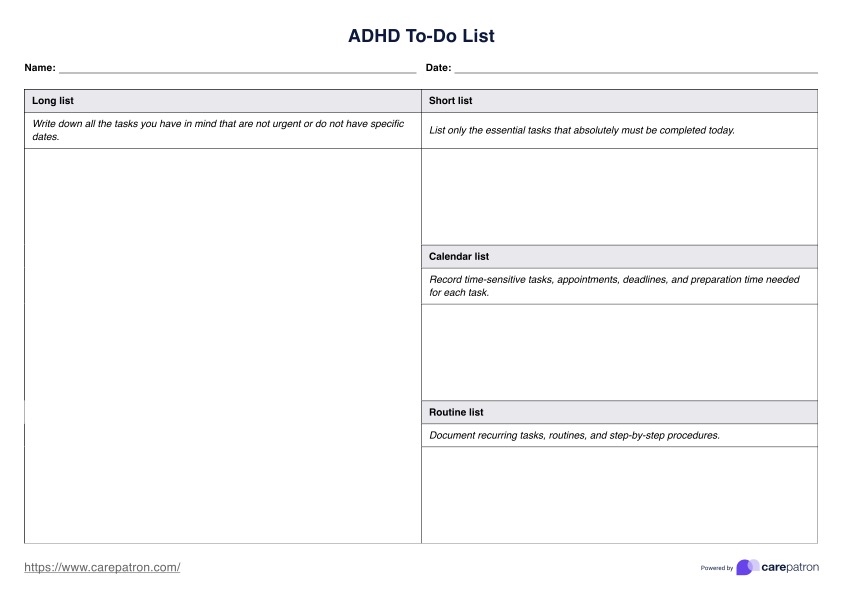
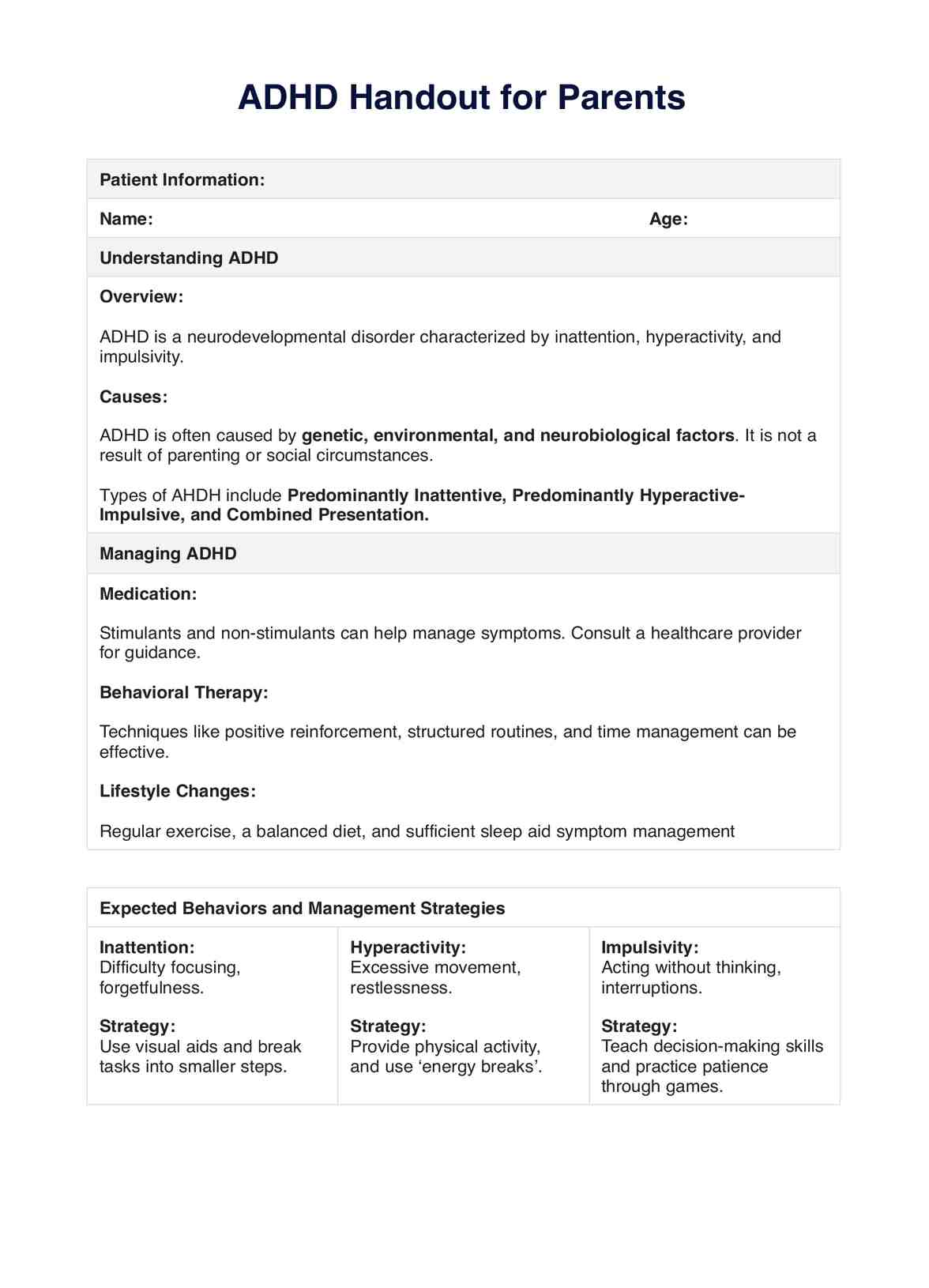
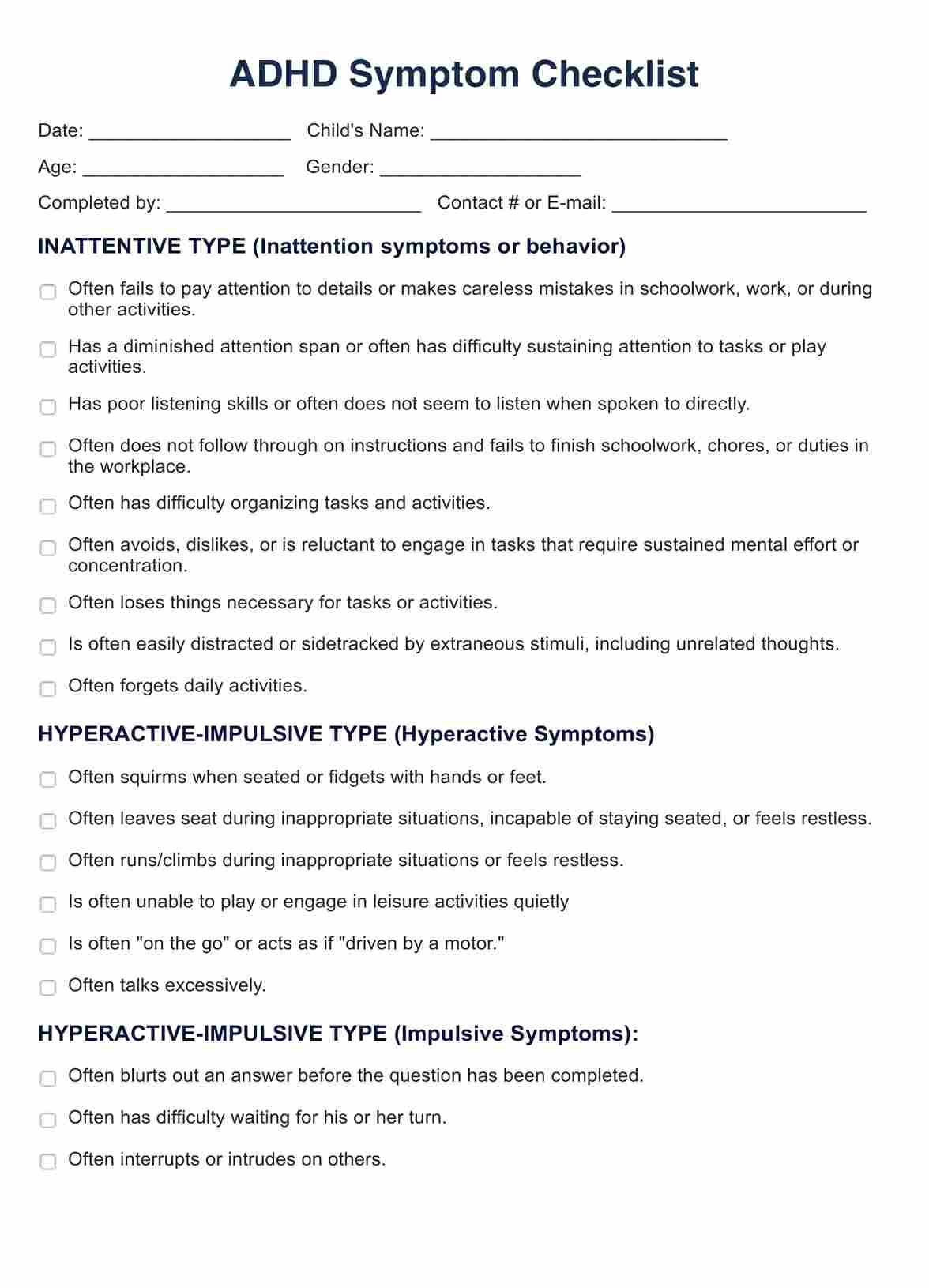
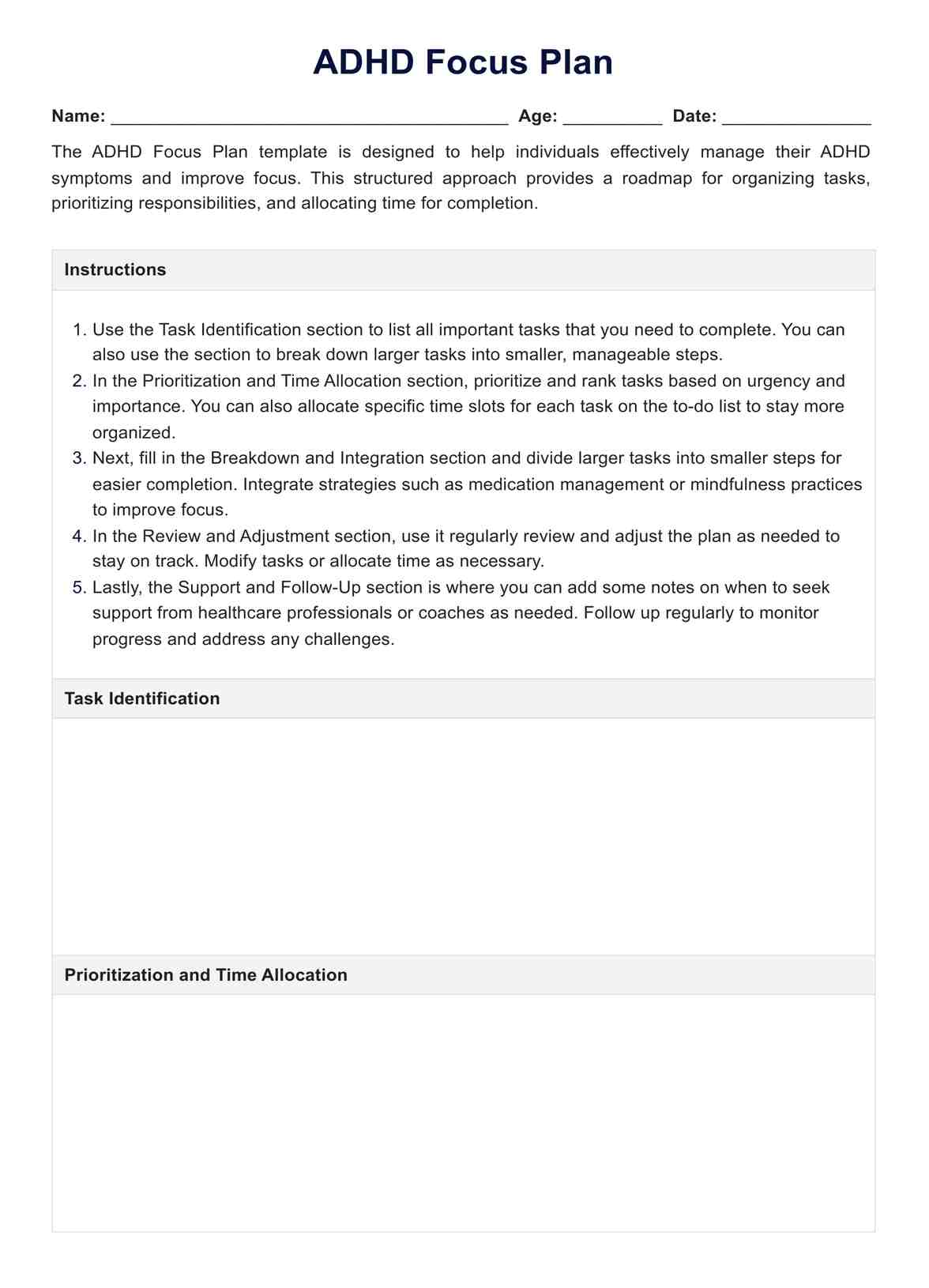
















-template.jpg)




















































































